In its September 30, 1967, issue, Billboard reported that "a full set of drums was used on the 'Grand Ole Opry' for the first time in history" when Jerry Reed performed the previous week. (Billboard also misspelled drummer Willie Ackerman's name.) But was Reed really the first?
For decades, the Opry famously refused to allow performers to use drums, and many artists over the years have been credited with being the first to bring drums to the Opry.
The no-drums rule adversely affected country artists who added rock and pop elements to their music in the late 1950s, which many artists did to remain commercially viable as traditional country waned in popularity. When they performed these crossover country songs on the Opry, they were forced to sound more traditional than they really were.
The rule also adversely affected rock and rockabilly performers who appeared on the Opry. When Carl Perkins' rock 'n' roll classic "Blue Suede Shoes" became a hit on the pop, R&B, and country charts in 1955, he was invited to perform it on the Opry but wasn't allowed to use drums.
Today, Music Weird will look at some of the artists who claim to be—or are claimed to be—the first to use drums at the Opry.
Bob Wills (1944)
Richard Carlin's book Country Music: A Biographical Dictionary, says that Wills' drummer used only a snare drum and was forced to stand behind a curtain. But Charles Townsend's book San Antonio Rose: The Life and Music of Bob Wills says in a footnote:
The story has been told that Wills agreed to hide his drums behind the curtain before the Opry officials would allow him to use them. According to Bob and Betty Wills and every musician I have interviewed who was present that night, the story is not true: the drums and horns were "out in the open."
Pee Wee King/Harold "Sticks" McDonald (194?)
Grand Ole Opry historian Byron Fay wrote about Pee Wee King's experience with using drums on the Opry and about this business of hiding drums behind a curtain:
They used the drums for a couple of weeks but were not allowed to announce on the radio that they were using them. After those couple of weeks, George D. Hay told Pee Wee to take the drums home and to leave them there. In a final comment regarding drums, Bud Wendell was quoted in 1985 as saying, "That story about hiding drums behind a curtain is just one of those tales around here. As long as we remained at the Ryman, though, we never used anything other than just a standing snare drum. But that had as much to do with space restrictions as with the purity of country music. You just couldn't fit a whole set of drums on the stage at the Ryman; it just wasn't that big."
The Everly Brothers (1957)
Carl Smith/Buddy Harman (1959)
 |
| Carl Smith, far left; Buddy Harman, center |
Johnny Horton (1959)
I've read that Johnny Horton was granted an exception to the Opry's no-drum rule when he appeared to perform "The Battle Of New Orleans," which was one of the biggest hits of 1959 and prominently features a snare drum. I can't remember where I read it, though. Maybe in the book that came with Horton's Bear Family box set 1956-1960?
Johnny Cash/W.S. "Fluke" Holland (195?)
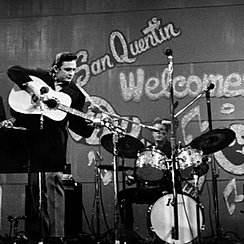 |
| Johnny Cash and W.S. "Fluke" Holland |
Jerry Reed/Willie Ackerman (1967)
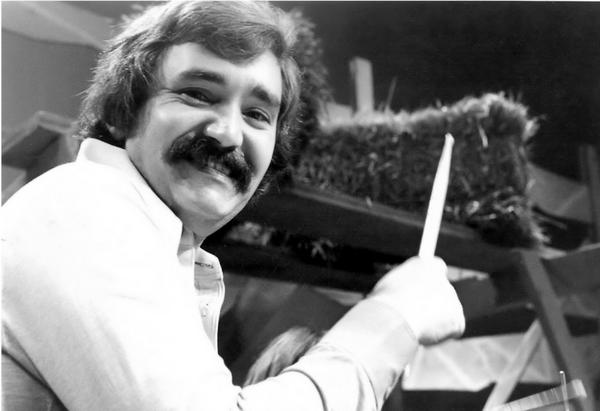 |
| Willie Ackerman |

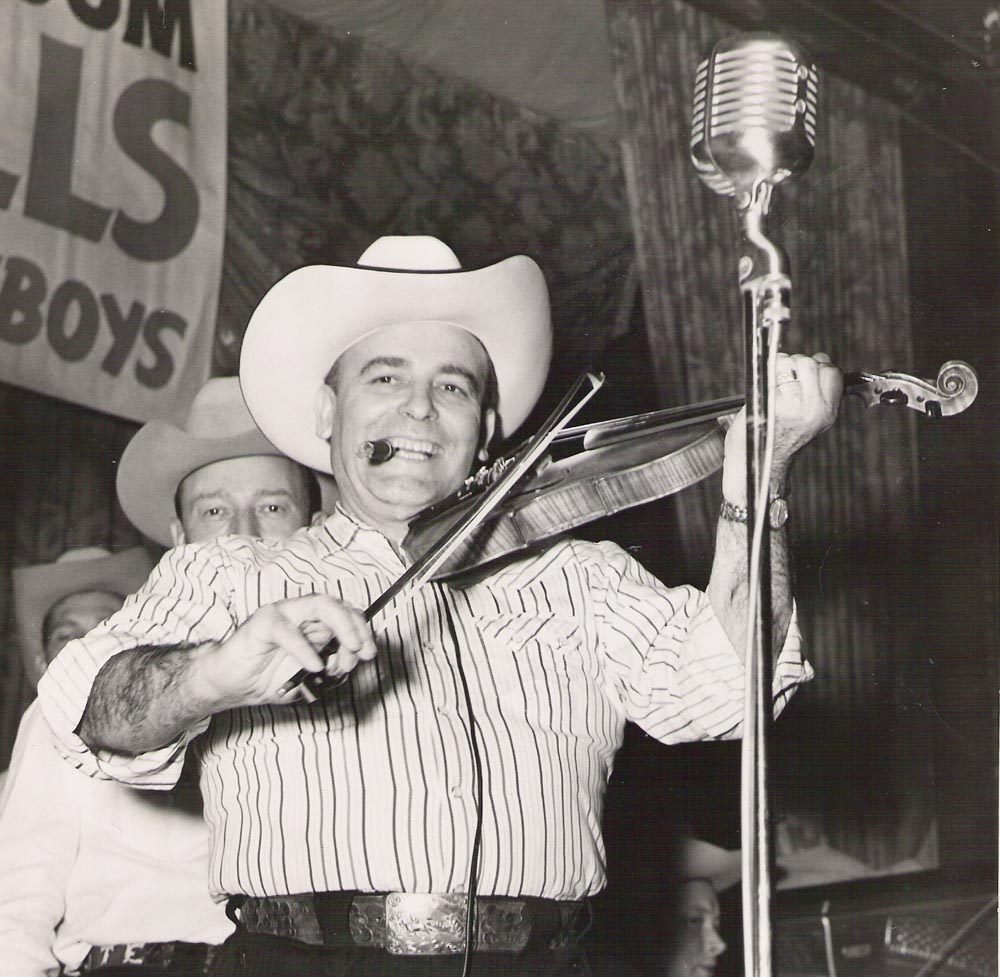

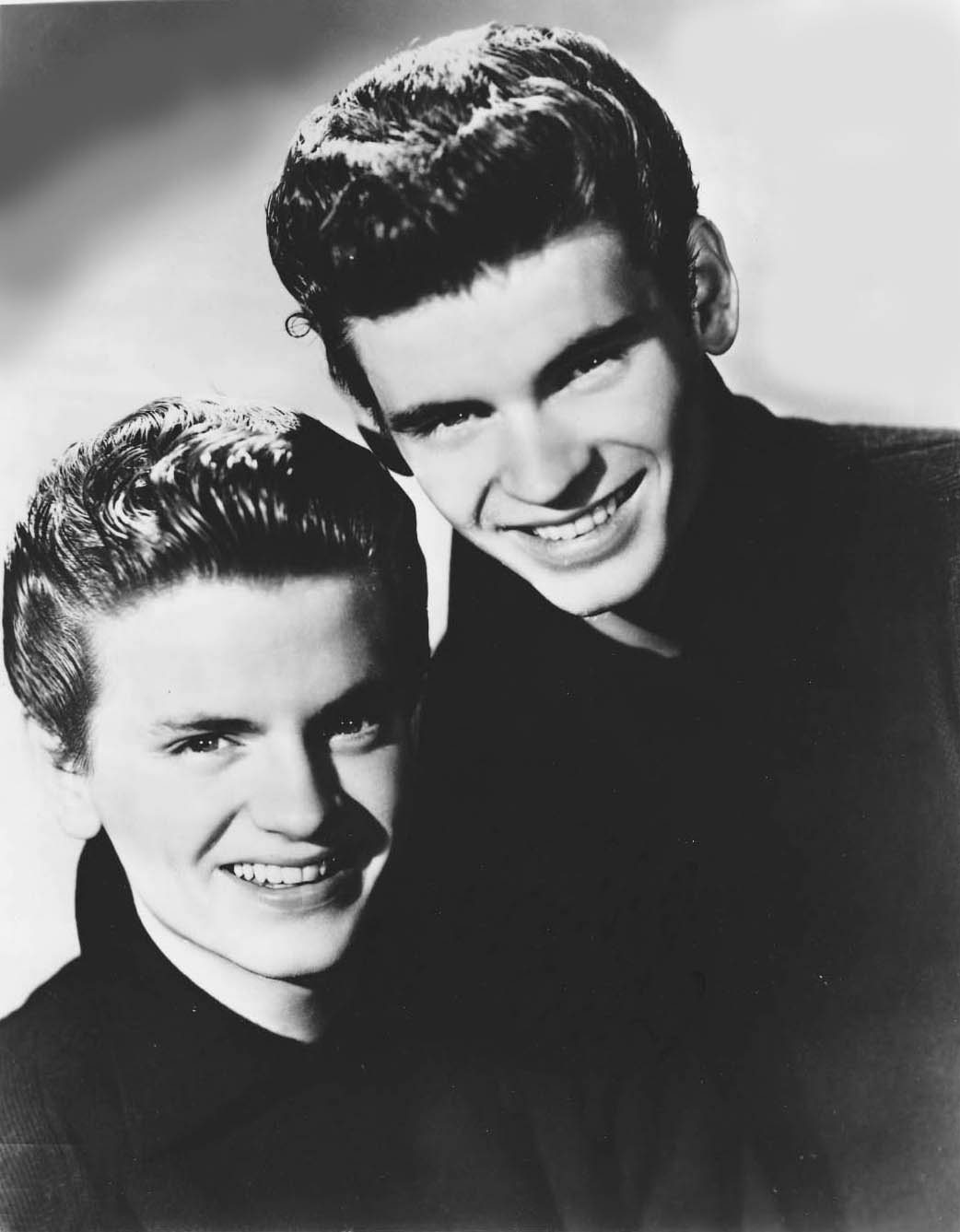

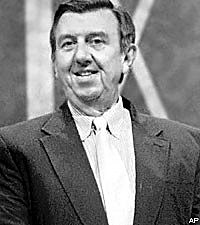
I had read in the past that Ernest Tubb was first, and caught some flak over it. It's a hard thing to pin down, I suppose.
ReplyDeleteMaybe you're thinking of electric guitar? Tubb is credited with helping to legitimize the electric guitar in country music (he reportedly stunned the Opry bigwigs by playing an electric guitar onstage in 1943), but I've never heard that he pioneered the use of drums.
DeleteI have heard Ray Price was first, but I see he isn't on this list at all.
ReplyDelete